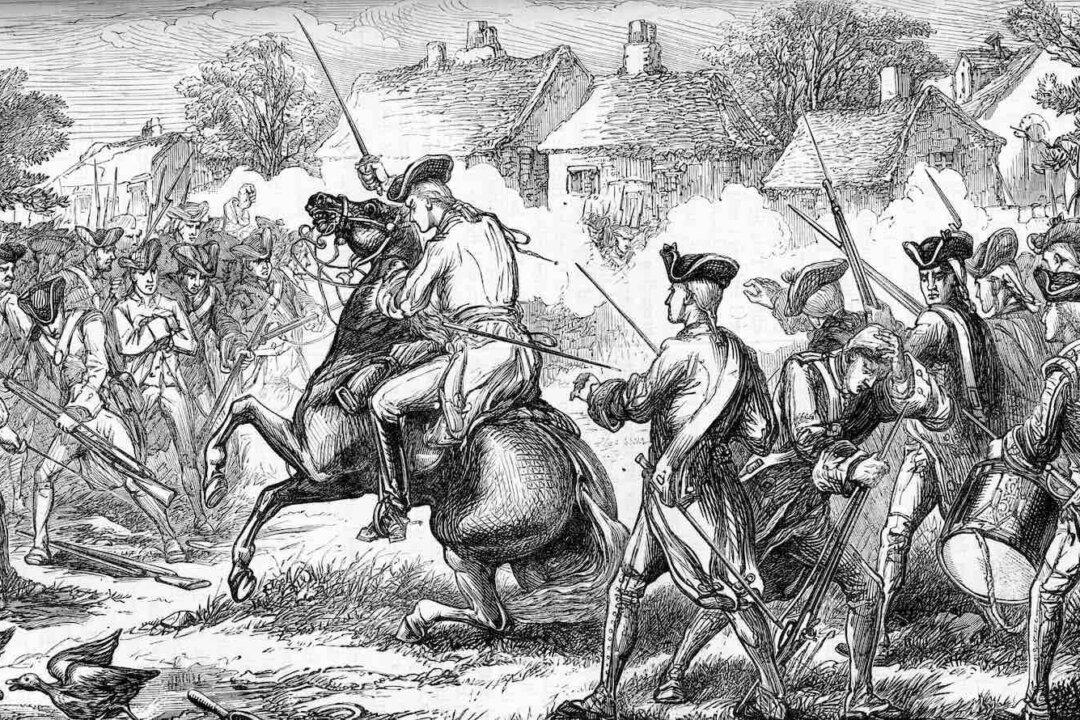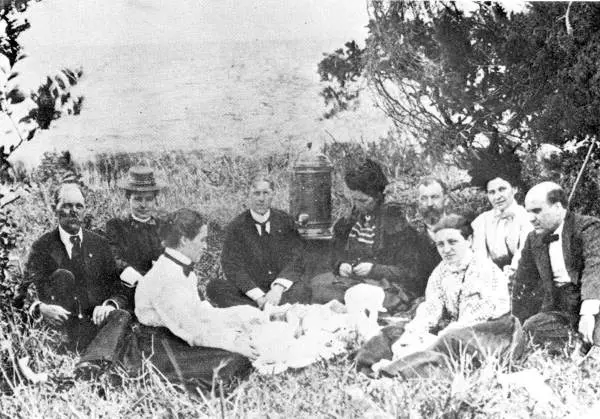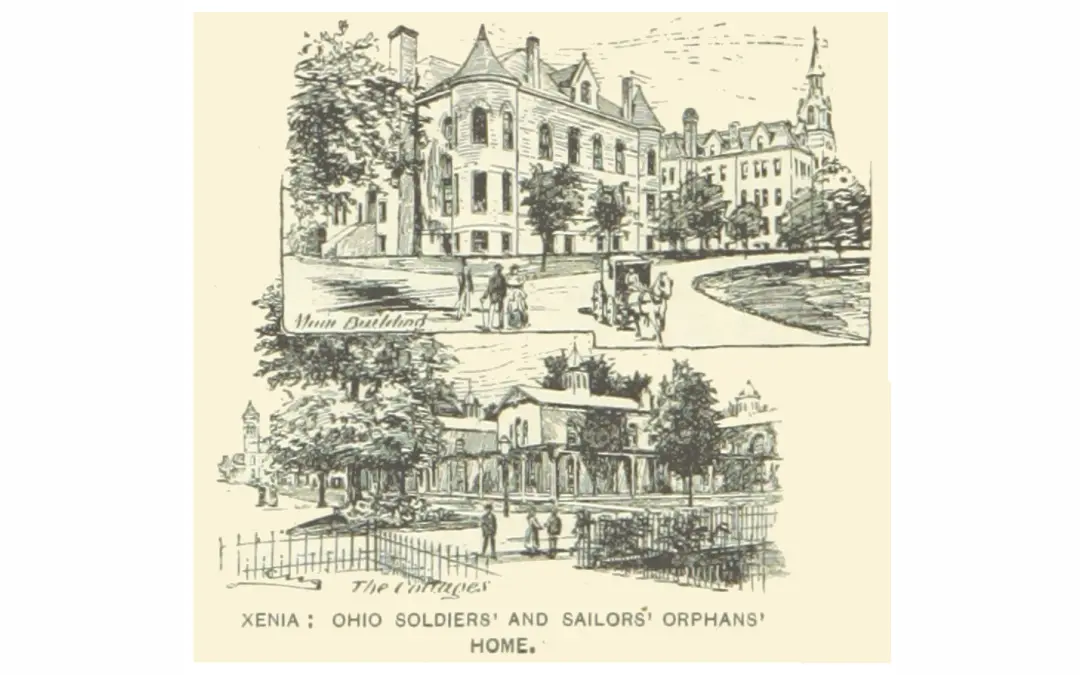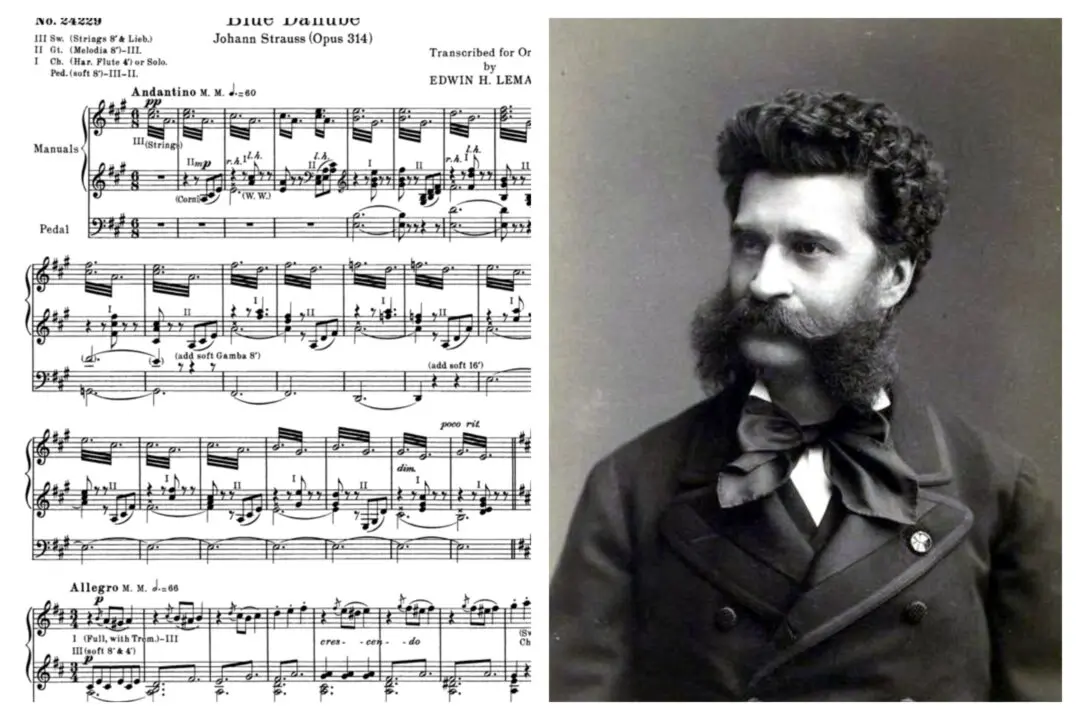As straggling, exhausted British soldiers were retreating from Concord on their way back to Boston, they entered the town of Menotomy, where an elderly man was working in his fields. Although approximately 80 years of age and crippled, Samuel Whittemore did not hesitate. He exhorted his fellow townsmen to stand up to the British, ending his speech with the words, “If I can only be the instrument of killing one of my country’s foes, I shall die in peace.” Gathering a musket, sword, and brace of pistols, he then entered the fray as his wife fled to seek refuge elsewhere. He crouched behind a stone wall and began shooting at the passing British with his musket. Taking notice of this apparent fly, a party of grenadiers was sent to swat him. As they closed in, Sam reloaded, aimed his musket, and killed one. He drew his pistols, shooting a second soldier, then a third. When he attacked with his sword, another grenadier shot him in the face, blowing off part of his cheekbone. More regulars charged forward, impaling him with their bayonets multiple times. Deeming this insufficient to do him in, they proceeded to brutally beat him with their musket butts. At that point, the redcoats seem to have considered him reasonably dead and moved on.
The Oldest Revolutionary War Hero
Samuel Whittemore was well beyond retirement age when he took on multiple retreating British grenadiers at Concord—and he lived almost 2 vigorous decades more

The Siege of Louisbourg in 1745, during King George’s War. Samuel Whittemore was among the Massachusetts regiment that fought this battle on Cape Breton Island, which is now part of the Canadian province of Nova Scotia. Getty Images
|Updated:
“Old Sam” Whittemore was about 80 when he encountered a British army of about 1,700. If a standard retirement age or the right to claim disability had existed in colonial America, Samuel Whittemore would probably not have felt these things were right for him. He was just one of the many minutemen who dropped his plow to take up his musket after the first shots at Lexington and Concord were fired, but he differed from most of his fellow embattled farmers in at least one important respect: he was not young. Nor was he middle-aged. Or even close to the standard retirement age. He was, in fact, the oldest combatant to serve in any American war. And despite sustaining terrible wounds from British soldiers that day, he survived to live for another 18 years. Among the many firsthand accounts that have come down to us from April 19, 1775, Samuel Whittemore’s story stands out as a testament to resilience, longevity, and sheer toughness.




